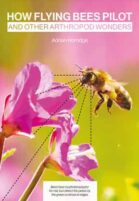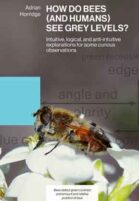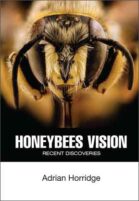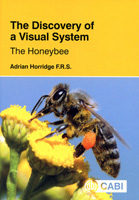In the visual system of the honeybee, feature detectors for the amount of blue and distribution of green vertical edges were slowly revealed over the past century, as outlined in a companion booklet (Horridge, 2021). The method was to train bees on one of many targets and then test the trained bees until they failed when the last remaining cue or feature was removed. This was proof of a corresponding feature detector in the honeybee visual system. However, this told us nothing about how they detect the structure of surrounding space and how to pilot themselves without training.
Over the past century, a variety of innate behaviour and responses of the honeybee have been well described, some of which have no obvious function, others are remarkably sensitive. When they are consolidated together, it becomes obvious that honeybees, and presumably all insects, detect relative positions of the nearest objects by parallax when the eyes move, just like an astronomer plots star distances from changes in relative position as the earth moves. This gives honeybees abundant information for piloting themselves in flight.






